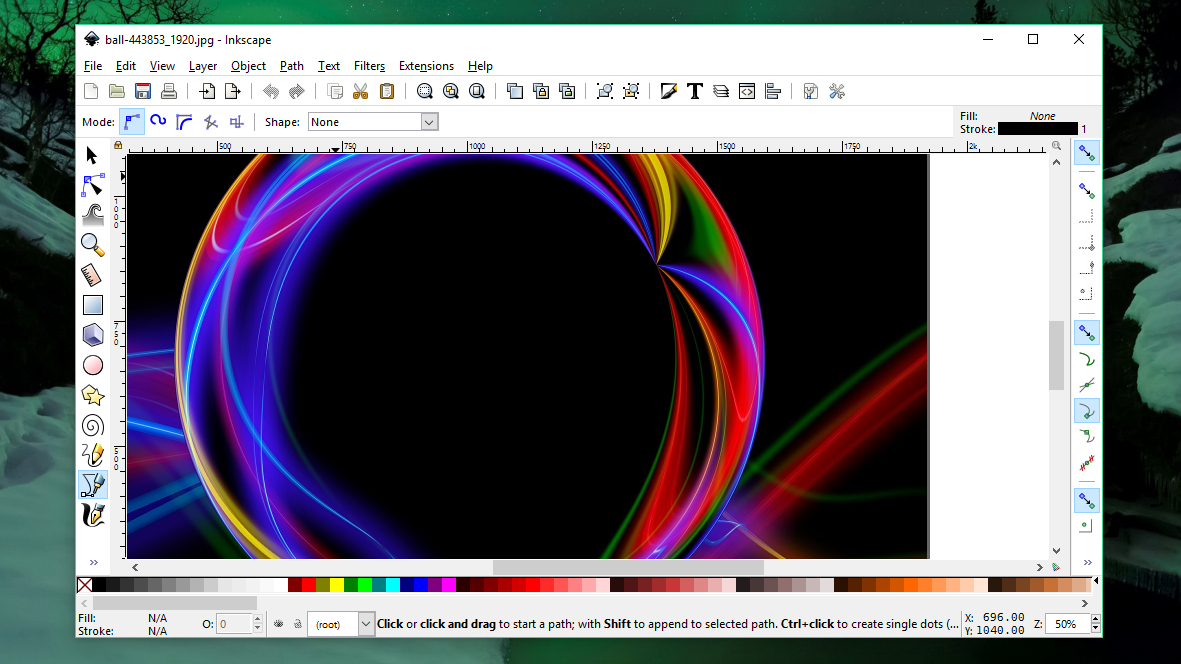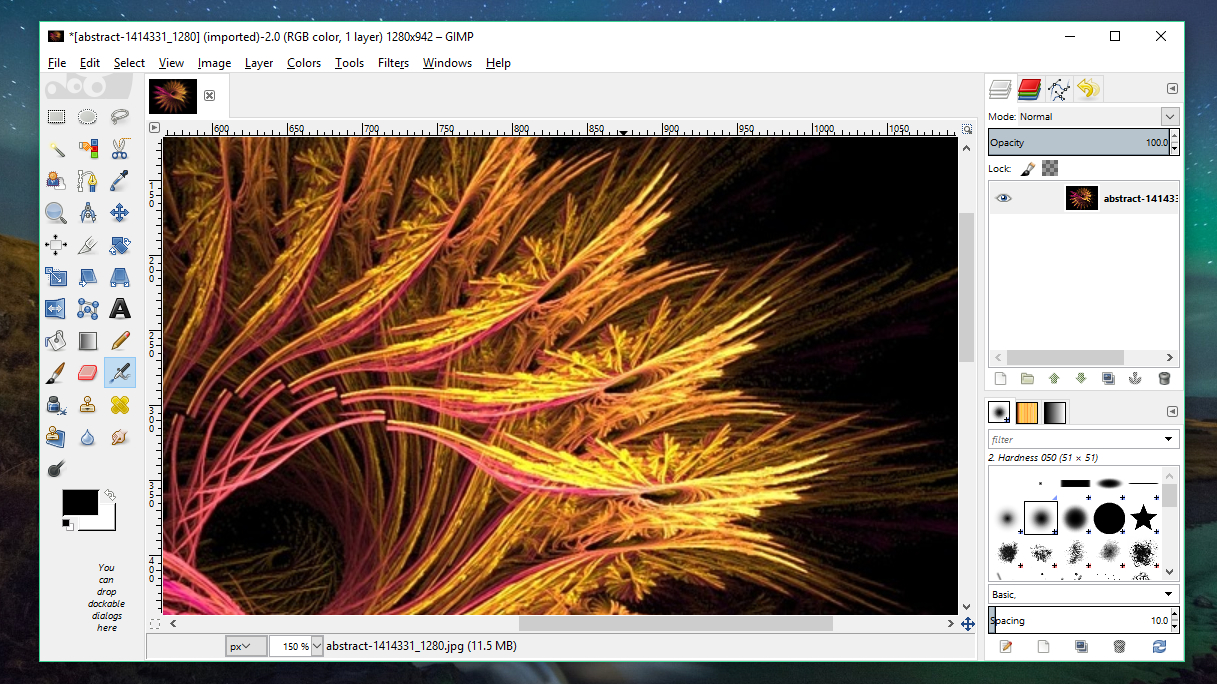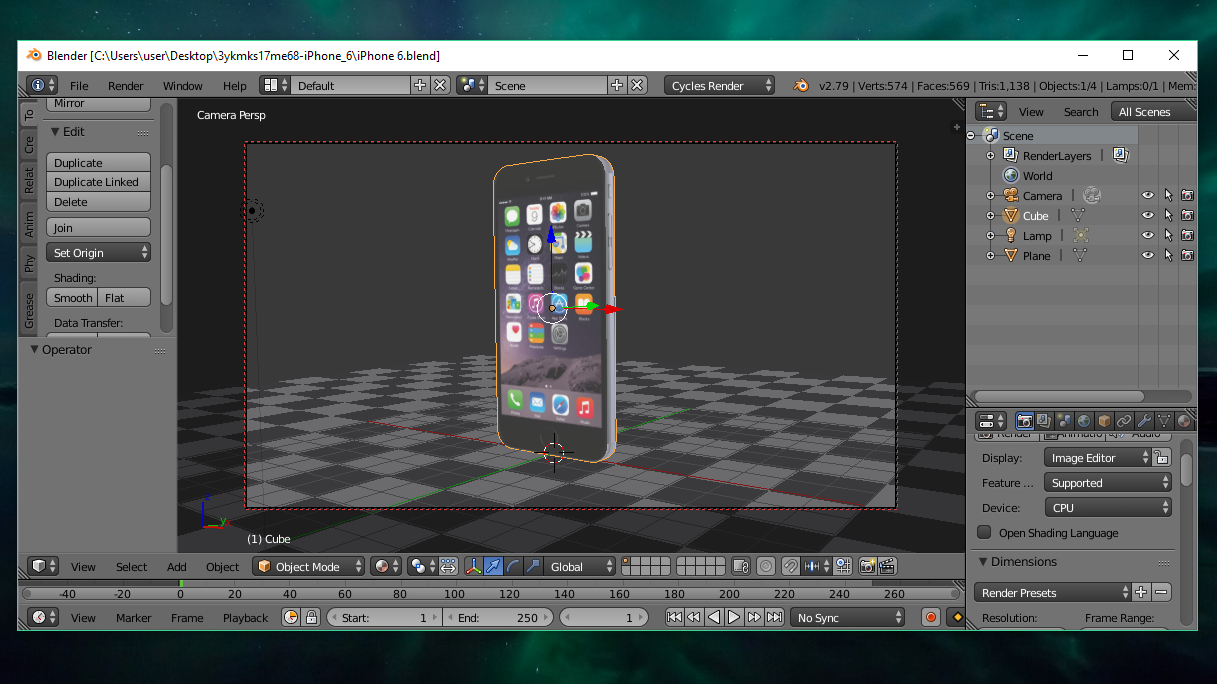If you want to learn the fundamentals of graphic design, there’s no need to splash out on costly premium software – there are some superb programs programs available to download completely free, many of which are comparable to their premium counterparts.
For seasoned professionals there’s no real substitute for Adobe’s Creative Cloud, but if you’re not ready to invest in a subscription yet, these free graphic design programs are ideal.
Whether it’s creating and editing vector graphics, illustrations or infographics, we’ve picked out the best free software for the job. All of these tools will help you achieve great results, and won't spoil your work with watermarks.


Open source vector graphics editor Inkscape is widely known as the free counterpart to Adobe Illustrator – and for good reason. This free vector editor is a great choice for budding graphic designers thanks to its huge array of advanced tools and effects, including complex path operations, node editing, bitmap tracing and path-based text.
Like most free vector editing software, Inkscape’s chief format is SVG (scalable vector graphics) – an open source standard based around XML.
Inkscape is available for Windows, Mac and Linux, and is a great cornerstone of any amateur graphic designer’s toolkit.


Krita was created by artists, for artists, with the belief that top-quality drawing software should be accessible to all graphic designers – regardless of income.
Krita is designed primarily for comic book artists, with a set of carefully designed tools including halftones and pre-made templates, but it’s also great for other forms of drawing. It offers a great set of drawing aids, including vanishing points, smooth shapes, layer masks and advanced selection functions.
If you’re venturing into illustration or comics, Krita is amazing. It's so feature-packed, you might find it a little overwhelming, but there's an excellent set of tutorials to get you started.


GIMP is the free photo editing and graphic design software we use most here at TechRadar, for one simple reason: it's brilliant.
Whether you're adjusting photos, creating a digital painting or compositing several different elements, GIMP is fantastic. It doesn't have all the tools you'll find in Photoshop, and the fact that it's produced by a huge team of volunteers from around the world means its interface can be a little inconsistent in places, but it's packed with advanced brushes, filters, layers and masks.
In the event that it doesn't provide everything you need, you can always expand it using a huge archive of extensions, or install Photoshop plugins.


Blender is a 3D content creation suite that's completely free – even if you use your creations commercially. Whether it's modeling, rigging, rendering or animating, Blender has it covered.
Animators use Blender to create short films, TV shows, and even feature films, and its creators are constantly working to develop it further.
Its interface might look intimidating at first, but it's fully customizable and you can even create your own tools and extensions to suit the way you want to work.


When you need to create an infographic, you can do it manually using a vector graphics suite like Inkscape, or you can reach for a dedicated tool like Easel.ly.
There's no shortage of web apps for visualizing data, but Easel.ly is one of the best. It offers a good selection of templates for you to experiment with, plus a wide selection of shapes and other tools for editing the existing designs or creating your own from scratch.
You can download your completed infographics in PDF or JPG format, with quality settings optimized for web and print use.
The basic tool is free and extra elements are available for a small fee, but unlike many free data visualization tools, Easel.ly won't watermark your work.
from blogger-2 http://ift.tt/2wZhViL
via IFTTT
No comments:
Post a Comment